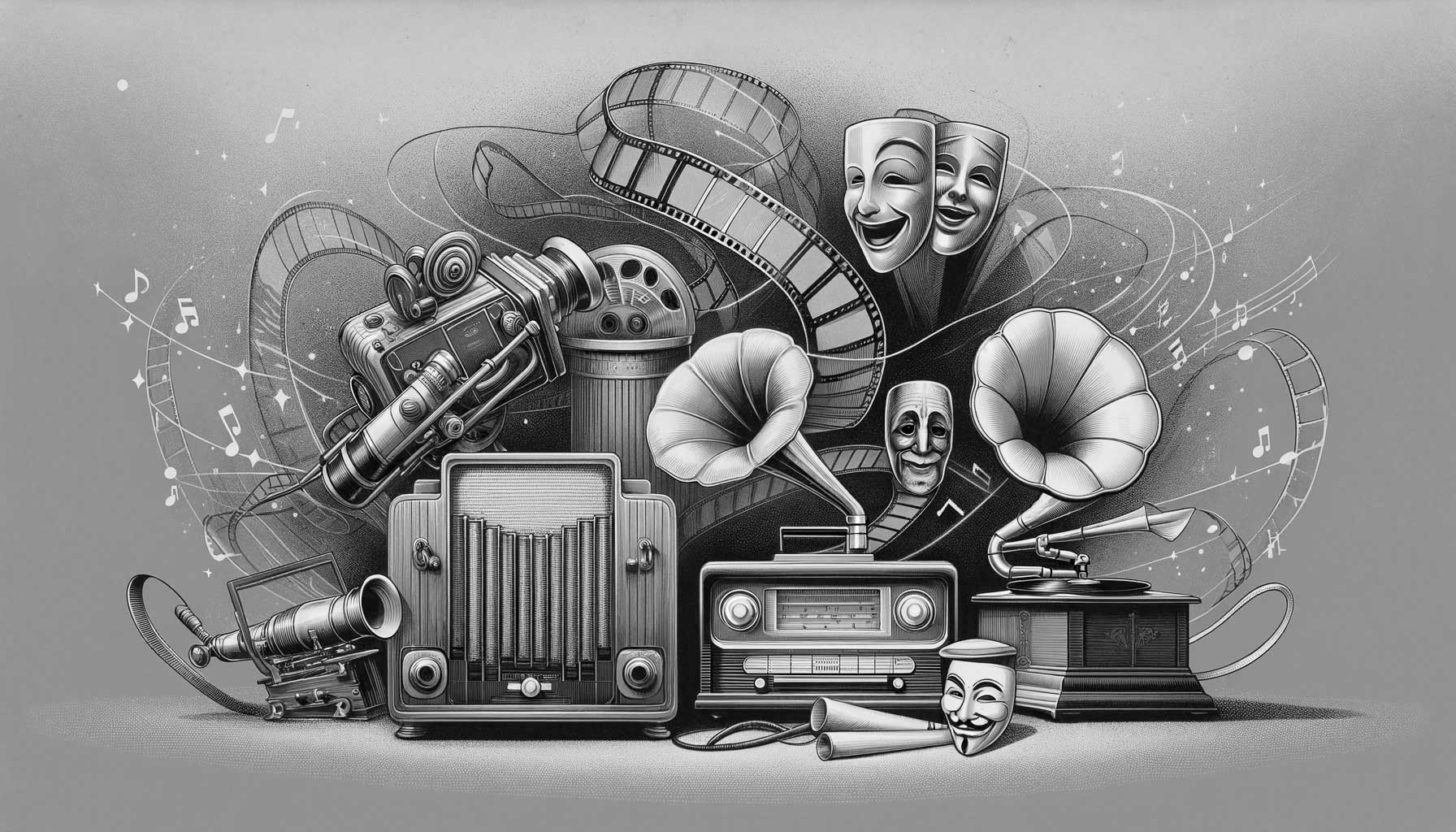Flashback to April 1
Entertainment History

On March 31, 1967, the legendary musician Jimi Hendrix forever etched his name in rock history by igniting his guitar onstage for the first time. This audacious act became a defining moment in his career and a symbol of his rebellious and innovative spirit. In this article, we will explore the historic significance of Hendrix’s guitar-burning tradition and its impact on both his own musical journey and the wider cultural landscape of the time.
Jimi Hendrix was not only a master guitarist but also a trailblazer for his time. His electrifying performances were characterized by his signature blend of blues, rock, and psychedelic elements. However, it was his guitar-burning episodes that truly captivated audiences and catapulted him into the realm of rock and roll mythology.
The first documented instance of Hendrix setting his guitar on fire took place during a concert at the Finsbury Astoria in London. As he reached the end of his set, amidst the deafening applause, Hendrix doused his black Fender Stratocaster with lighter fluid and set it ablaze. The crowd was left stunned and mesmerized by the sheer audacity of this act.
This ritual, which would become synonymous with Hendrix’s performances, was not merely a ploy to gain attention. It was a visual representation of his desire to transcend societal norms and push the boundaries of artistic expression. In an era defined by political unrest and social upheaval, Hendrix saw his music and performances as a vehicle for change.
The guitar-burning incident captured the essence of Hendrix’s philosophy – the destruction of the guitar symbolized the destruction of constraints and limitations. It was a statement that resonated with a generation looking for an outlet to express their frustrations and aspirations.
Furthermore, Hendrix’s guitar-burning became an iconic visual that was immortalized through photographs and film footage. Images of him engulfed in flames with his guitar served as a symbolic representation of the counterculture movement of the 1960s. The act itself was a form of artistic protest against the rigid societal norms and conventions that stifled individual expression.
While Hendrix would go on to repeat the guitar-burning act in subsequent performances, it is the first instance that remains etched in the annals of music history. It set the stage for future performances and cemented his reputation as an avant-garde artist unafraid to challenge the status quo.
Beyond its immediate impact on the music scene, Hendrix’s guitar-burning tradition inspired future generations of musicians. Many artists, such as Pete Townshend of The Who, would incorporate similar acts of destruction into their own performances. Hendrix’s influence extended far beyond his guitar playing and songwriting abilities. It was his fearless approach to performance that resonated with aspiring musicians, motivating them to experiment and push artistic boundaries.
Jimi Hendrix’s guitar-burning tradition, which began on March 31, 1967, was a groundbreaking moment in music history. It represented his defiance of societal expectations and became a symbol of rebellion and artistic expression. The iconic imagery associated with Hendrix engulfed in flames with his guitar served as a rallying cry for a generation eager to dismantle the barriers that constrained their creativity. Today, Hendrix’s legacy lives on, reminding us of the power of music to provoke change and challenge the norms of society.
We strive for accuracy. If you see something that doesn't look right, click here to contact us!
Sponsored Content

The Comedy Channel on…
On April 1, 1990,…

Carl Borromaus Neuner composer,…
Renowned composer Carl Borromaus…

Eugeen Yoors, Flemish draftsman/glass…
Eugeen Yoors, a renowned…

